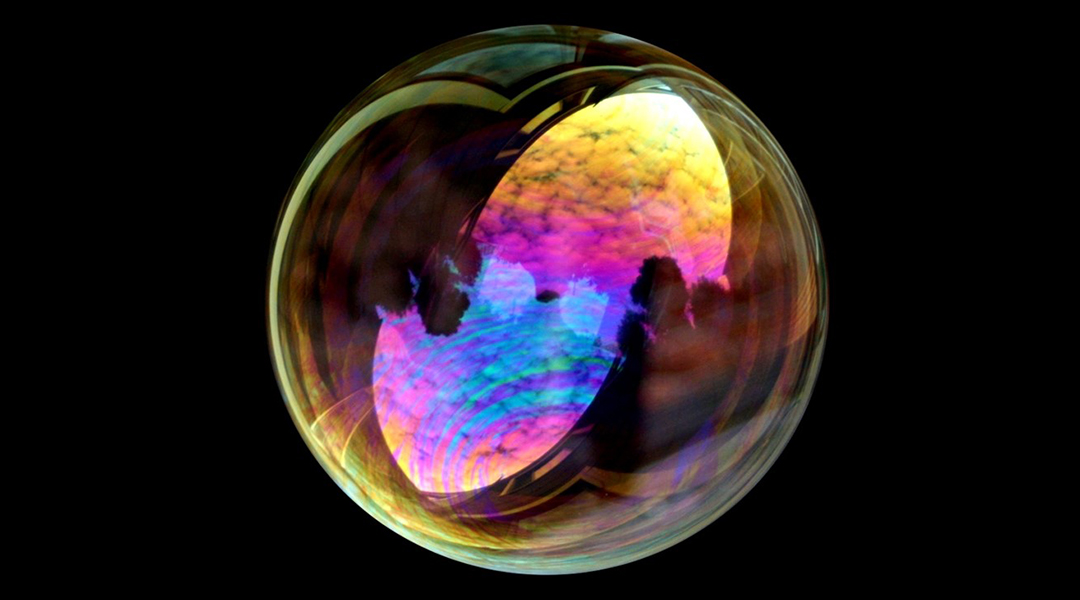A part of the SARS-CoV-2 spike protein could prove to be its Achilles’ heel.


A part of the SARS-CoV-2 spike protein could prove to be its Achilles’ heel.

Researchers create a new biocompatible patch that could enhance the clinical treatment of tissue injury by speeding up wound healing.

The first mission to Jupiter’s Trojan asteroids will show us the diversity of the primordial bodies that built our Solar System.

An innovative advance dubbed “electro swing” may challenge the energy efficiency, capacity, and scalability of large-scale carbon capture.

Enjoy this gallery of science images featuring a glowing hydrogel fish, microscale flowers, nanoscale fireworks, and more.

Understanding how bubbles form is vital to both producers and consumers of the world’s most popular alcoholic beverage.

Bacteria-killing micromotors, microscopic patchworks, and DNA fibers decorated with self-made “smileys” — science has never looked better.

The genesis of a crystal was something we have imagined for centuries, and being able to watch it was like living in a dream.

Models that can predict and help us to understand the body’s thermal state could help optimize temperature management strategies in a clinical setting.

Researchers successfully grow 3D brain tissue on fully-integrated microchips for neural biosensing applications.